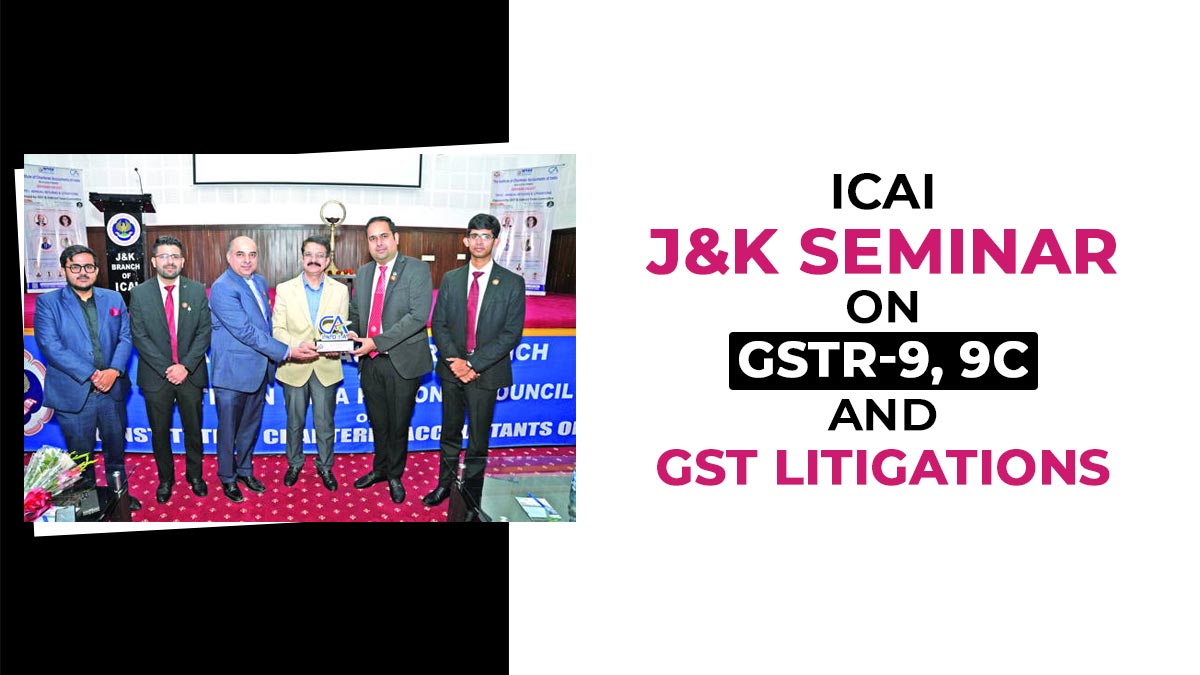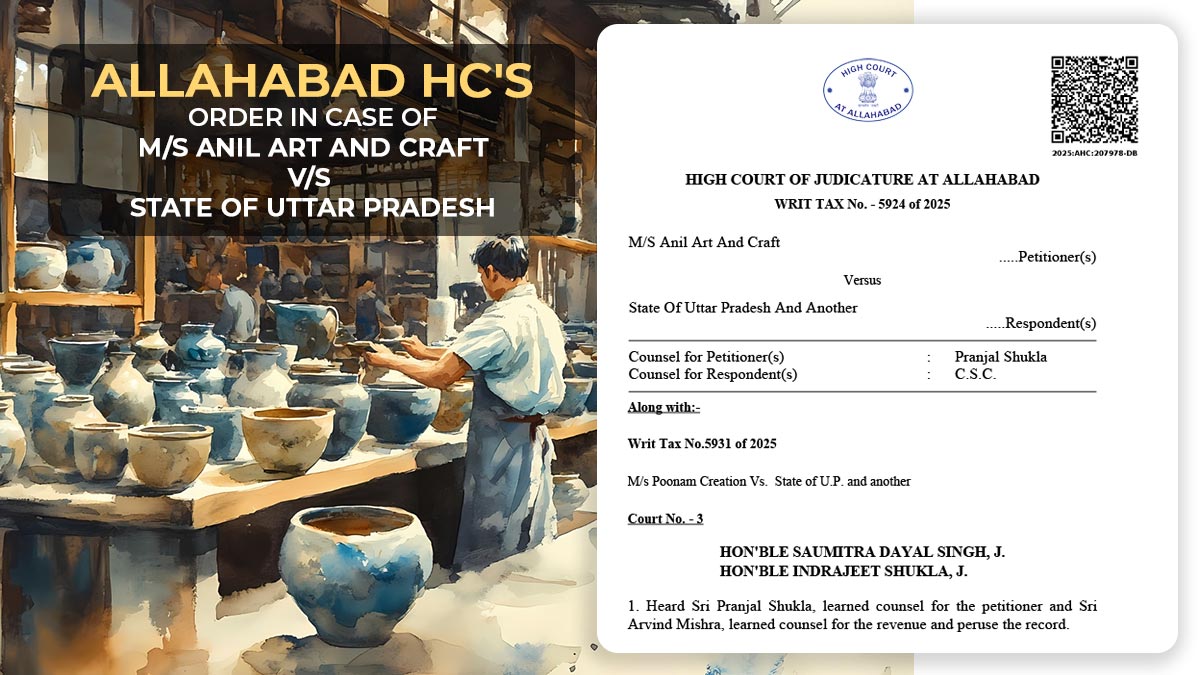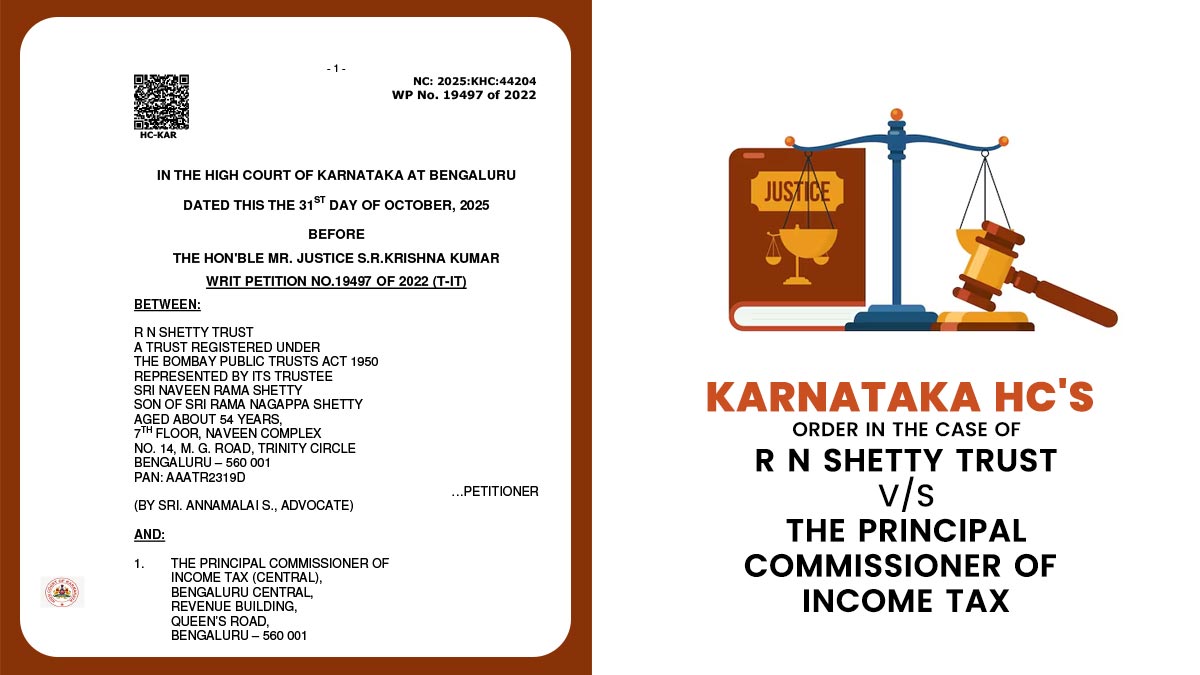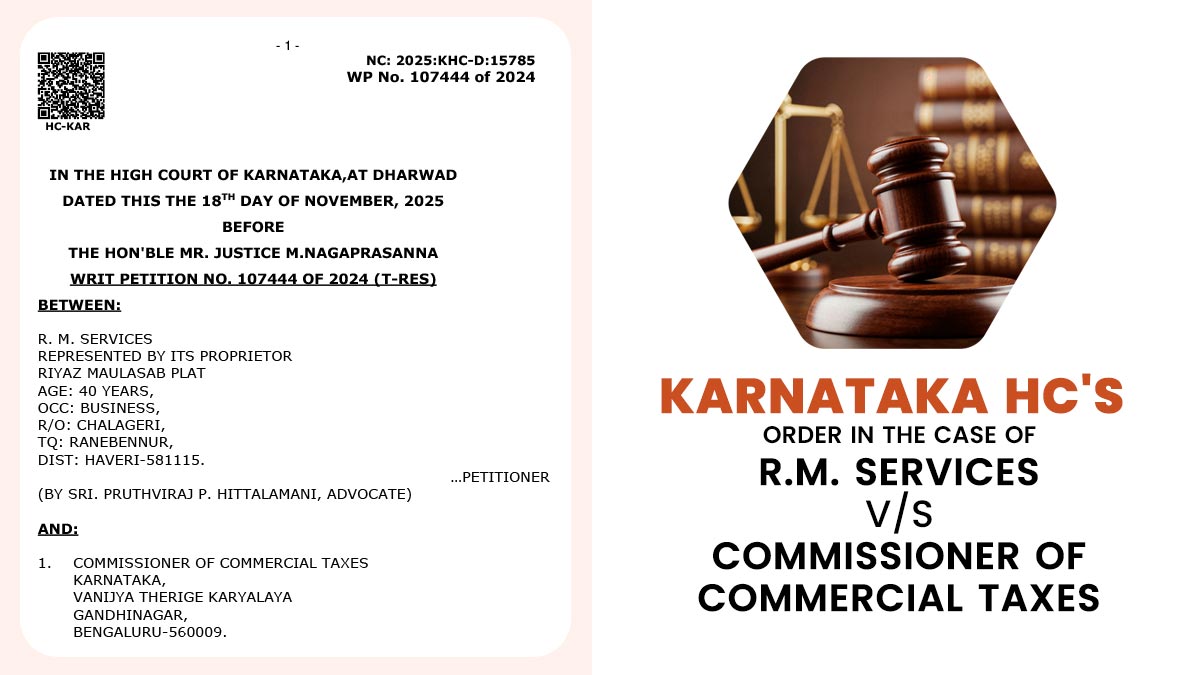Expats, the people living outside their native country, have been benefited by ‘double taxation avoidance agreements‘ and who claims for tax relief under this agreement are now supposed to furnish more informations and would have to provide extensive disclosures like the tax identification number of their native country, details of the assets outside the native country and also the tax residency certificate to avail such benefits and this has come into being as per required in the latest income tax return forms.
If there is a person who is a Director or a shareholder in an unlisted company, then he has to disclose all the above-mentioned information as well as the permanent account number of the Company.
The Income Tax Department, notified the return forms for individuals and companies, effective the assessment year 2019-20. For those individual taxpayers who are not required to get their accounts audited, the last date for filing the Income tax return (ITR) is July 31st.
For the Expats it is required to provide information like the overseas residential details along with TIN, the tax identification number and also the residential status in India is required to be provided. Again, the Overseas Citizens of India and individuals of Indian origin who holds non-resident status in India would be required to provide the details of the number of days they stayed in the country in the adjacent tax year and also in the past four tax years.
No Changes in ITR-1
“The tax return forms released for the tax year 2018-19 have clearly tried to bring more transparency through disclosures for globally mobile employees who avail relief under tax treaties,” said Amarpal Chadha, partner and India mobility leader, EY.
The experts believe, that there should be brought a reduction in the need for further enquiries by the income tax authorities.
“With so much of adoption of automation, hopefully, this will reduce further questioning or need for clarification by the tax authorities as they will now have detailed information already with them,” said Kuldip Kumar, partner, PwC.
The additional information which is asked to the Indian residents includes a detailed breakup of salary which includes directorships held, the unlisted securities, the method of donation payments and agricultural land details if the farm income exceeds a specified limit.
ITR-1 aka Sahaj, which is required to be filled by the salaried employees haven’t undergone any amendment but at the same time, ITR 2, 3, 5, 6 and 7 have seen changes to a slight.
Q. Now, who are supposed to be filing ITR (Income Tax Return) 1 form?
- All those individuals whose total income is up to Rs 50 lakh in the form of salary and possess a house apart from the other income sources such as interest and agricultural income up to Rs 5,000.
ITR- 1 cannot be used by an individual who is a company director or by the one who has investments in unlisted equity shares. Also, it could not be filled by the one who has a particular income on which tax has been deducted by another person.
“Taxpayers need to be very careful this time and will need to collate additional details and reporting requirements well in advance this year in order to be able to fulfil the reporting requirements prescribed in new ITR forms,” said Shailesh Kumar, director, Nangia Advisors (Andersen Global). “We also expect greater automated scrutiny of ITRs, based on extensive data, details required and furnished in ITRs.”
Now coming to ITR (Income Tax Return) 2, which is filed by individuals and Hindu Undivided Families (HUFs) who does not avail income from profits and gains from business or profession.
ITR-3 is filed by those individuals and HUFs who fetches income from profit and gains from business or profession.
Read Also: Latest PDF Format of ITR 1 Form, ITR 2 & ITR 3 for AY 2019-20
ITR-4 or Sugam has been designed for individuals, HUFs and firms excluding the limited liability partnerships (LLPs) whose total income is up to Rs 50 lakh and also do have presumptive income from business and professional sources.
For the ITR-4 we have a number of exclusions. The individuals or HUFs who are a non-resident and ordinarily resident, non-resident partnership firms, directors of companies or persons having an investment in unlisted equity shares or if they are having more than one house property cannot fill the ITR-4 form.
Recommended: Download PDF ITR 4 Form, ITR 5 & ITR 6 for AY 2019-20
Those Companies filing ITR-3 and ITR-6 are supposed to disclose information regarding their turnover or gross receipts reported for goods and services tax. Though, last year it was applicable only to assessees filing ITR-4.










